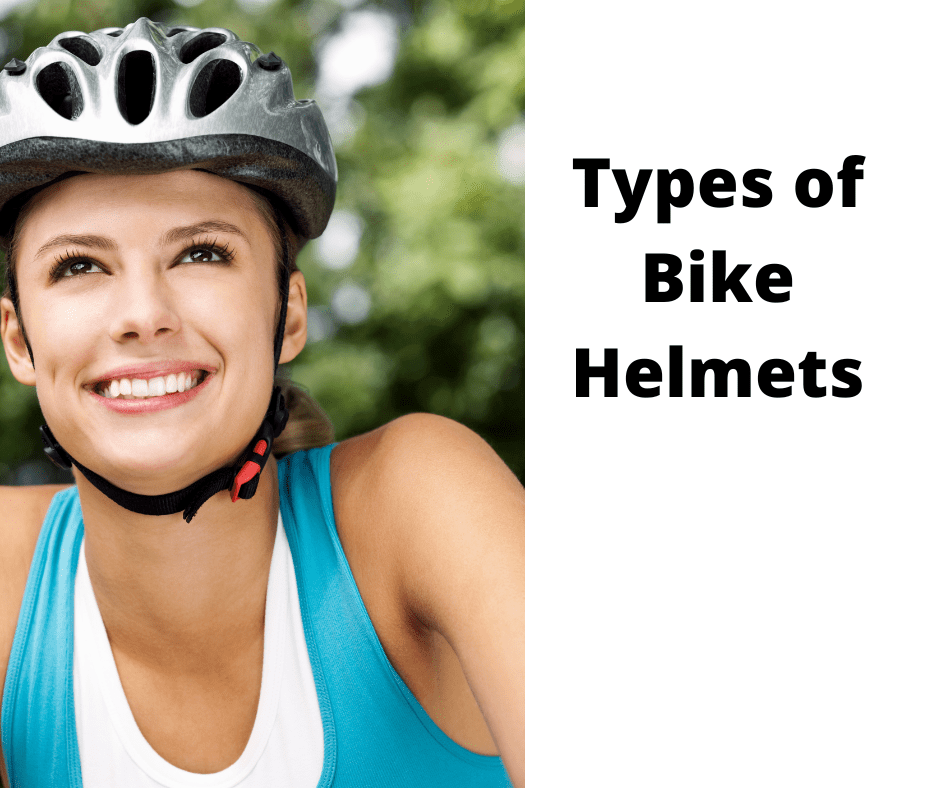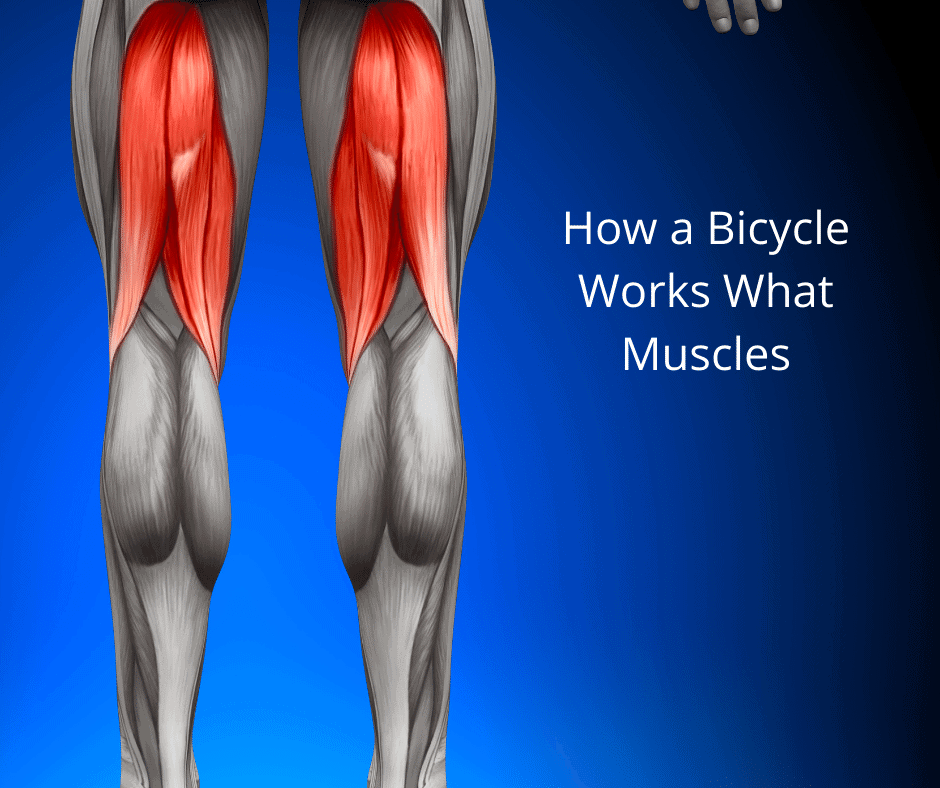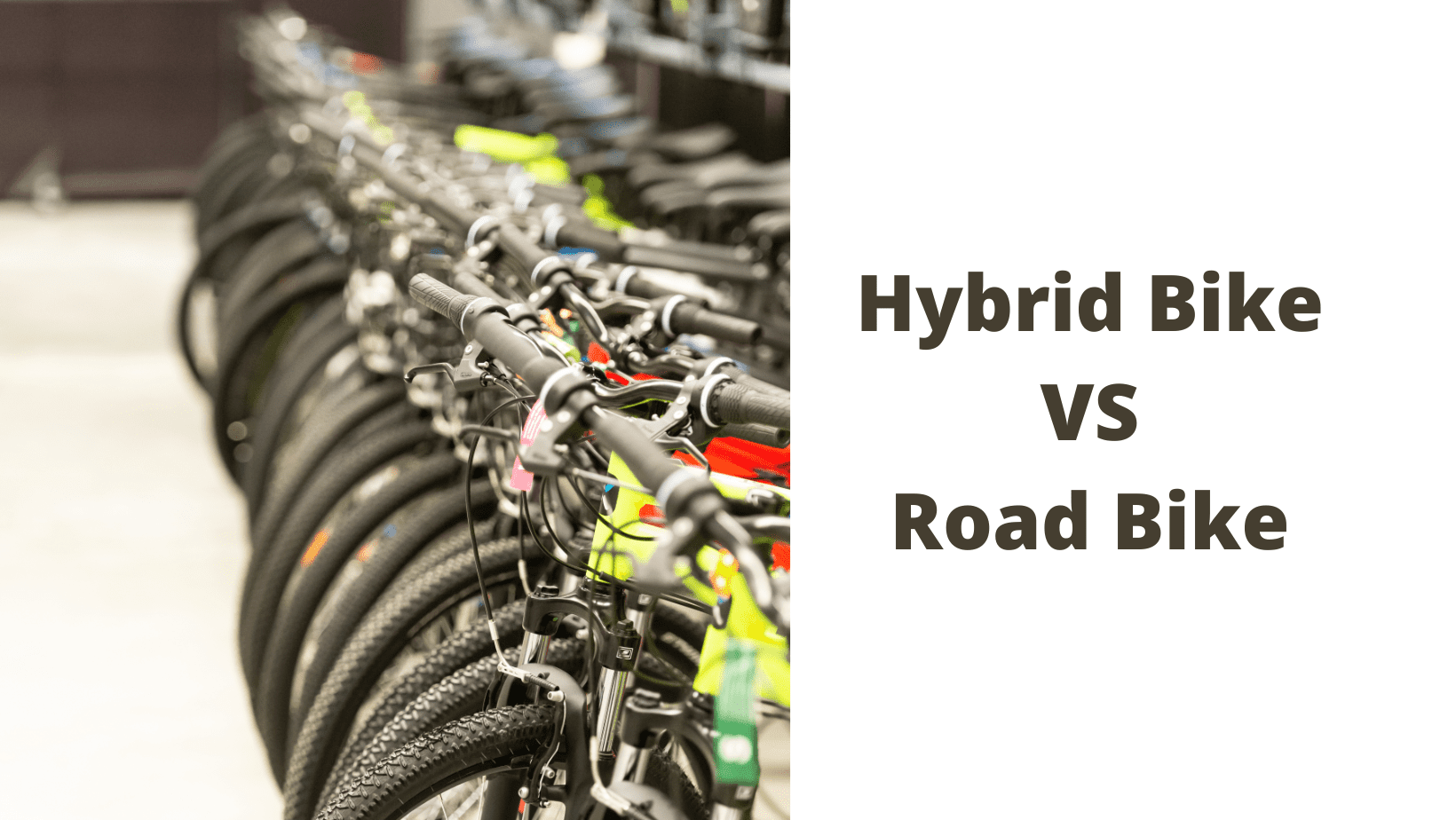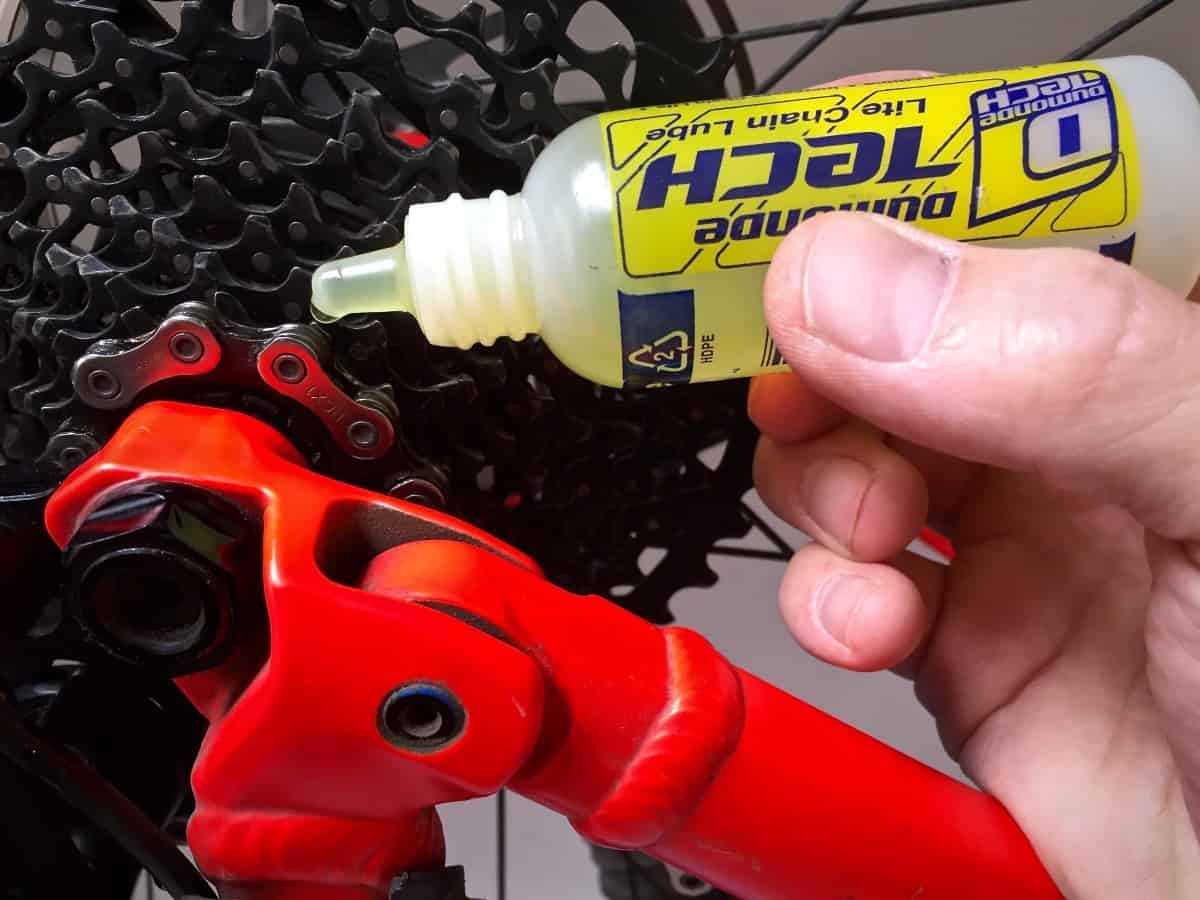The market offers a variety of bike helmet styles. These can be categorized into road cycling, mountain biking, or commuter helmets. This piece explores the distinctions among these helmet categories. Additionally, there’s a choice between soft shell and in-mold helmets. We’ve outlined the advantages and disadvantages of each helmet type to help you make an informed decision. If you’re unsure about what materials are used in each helmet type, let’s examine some of the most common ones.
Mountain Bike Helmets
A mountain bike helmet has multiple benefits that should be considered before purchasing it. Besides providing the necessary protection from a crash, it should also keep your head cool. Many mountain bike helmets feature ventilation systems that help you stay comfortable even if you’re sweating profusely. The Ventilated Air System in the POC Octal X SPIN cycling helmet is the best option for anyone looking for a lightweight helmet that doesn’t compromise on the safety aspect. It also has glasses storage options and POC’s SPIN technology. Finally, it features Aramid reinforcements on the EPS liner for increased protection.
The MIPS system is included in nearly every mountain bike helmet on the market. While the industry-standard MIPS system is designed to reduce impact, a few manufacturers have developed their systems. For example, the POC Kortal Race MIPS helmet comes with an NFC medical ID chip and is certified for e-bike crash protection. Despite the resemblance to a slip plane, the Kortal Race is not the lightest helmet in the market, but it does provide excellent ventilation for enduro rides. The Kortal Race MIPS is available at REI and other online retailers.
Road Cycling Helmets
Specialized Prevail II vented cycling helmet offers a Mega Mouthport across the front and deep internal channels that channel air around the head. The ventilation system moves air across the head and keeps the wearer cool and dry. Specialized MIPS technology keeps the rider’s head safe, while its aerodynamic shell reduces wind flow. The helmet’s patented ventilation system is one of the best in the world.
Size is a critical factor, as a helmet that wobbles in a crash isn’t going to protect you. Sizes vary from brand to brand, so be sure to try a few on before you make a purchase. It is also a good idea to ask someone to measure your head before you buy a helmet. They will have better suggestions than you do! Ultimately, the fit should be comfortable and safe.
Commuter Bike Helmets
If you want to look cool while cycling, then you’ll want to invest in a commuting bike helmet. There are several different styles to choose from, and you’ll want to pick one that fits your head and style. For example, a folding helmet like the Fend Mojito 3 is a great option if you don’t mind wearing it all the time. The helmet also has additional ventilation features and is well-made and lightweight.
A commuting bike helmet should be comfortable and provide excellent visibility. If you’re not a professional cyclist, you should invest in a commuting bike helmet. Men, women, and children can wear a modern model of a classic model, and it’s an excellent choice if you’re in a hurry. A commuting bike helmet should also be comfortable and allow for easy adjustment.
In-Mold/soft-Shell Helmets
In-mold/soft-shell bike and ski helmets use a single piece of plastic as the outer shell, molded by pressure and steam. The outer shell of in-mold helmets is incredibly strong, yet very light. Since they’re made of EPS foam, they can absorb more impact than hard-shell helmets. The difference between in-mold and soft-shell helmets is in how they protect you from a crash.
One of the primary benefits of in-mold/soft-shell bike helmet design is its improved ventilation. When mountain biking, for example, you’ll likely be sweating heavily during flat pedaling and pump track sessions. Good ventilation systems will move air from the front to back of the helmet. Avoid helmets with padding and slip-plane liners since these features can interfere with the airflow. In addition to the ventilation system, a helmet should be lightweight and easy to clean.
Hard-Shell Helmets
For decades, cyclists in the general population wore hard-shell bicycle helmets, but the popularity of this type of bike helmet was in decline. By the end of the decade, they were almost nonexistent. But they were still popular among BMX riders of more aggressive mountain biking disciplines. New fitting and retention systems developments, such as cradles, have helped reduce this issue. These new helmets are adjustable and provide more coverage for the back of the head.
A hard-shell bike helmet is typically made from a thermoplastic material that is tough and opaque, with a lightweight foam liner. They can also be quite comfortable to wear and decrease the risk of head injury. Unlike their soft counterparts, they don’t slide on concrete, and they also protect the neck and face from neck injuries. A hard-shell bike helmet is also more likely to have an energy-dissipating liner. Most models weigh 17 ounces. A chin strap and visor are optional.
Ventilation System
A bicycle helmet’s ventilation system reduces the risk of overheating during intense exercise. The size and placement of the holes within the helmet affect the amount of airflow, which in turn will affect how fast heat can be removed from the head. However, while this cooling system is critical to protecting the cyclist’s head, it must also be effective enough to minimize aerodynamic drag. Bicycle helmets with reconfigurable ventilation holes have proved to be particularly effective in reducing the amount of drag the cyclist experiences.
The ventilation system on bike helmets is based on a model that divides the head into nine zones. These zones allow researchers to investigate small areas of the head to determine ventilation concepts. In a perfect helmet, air should flow from the forehead under the helmet to the back of the head and neck areas. This method is generally unsuccessful, as air exits prematurely when there are no fit pads or vent covers.









